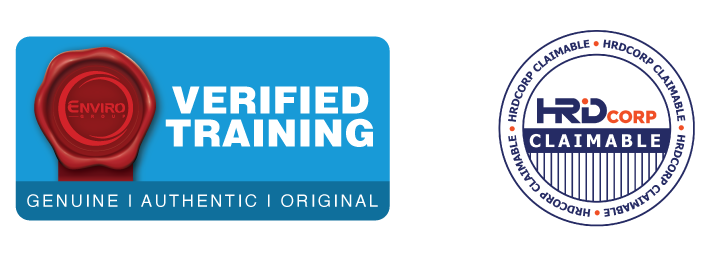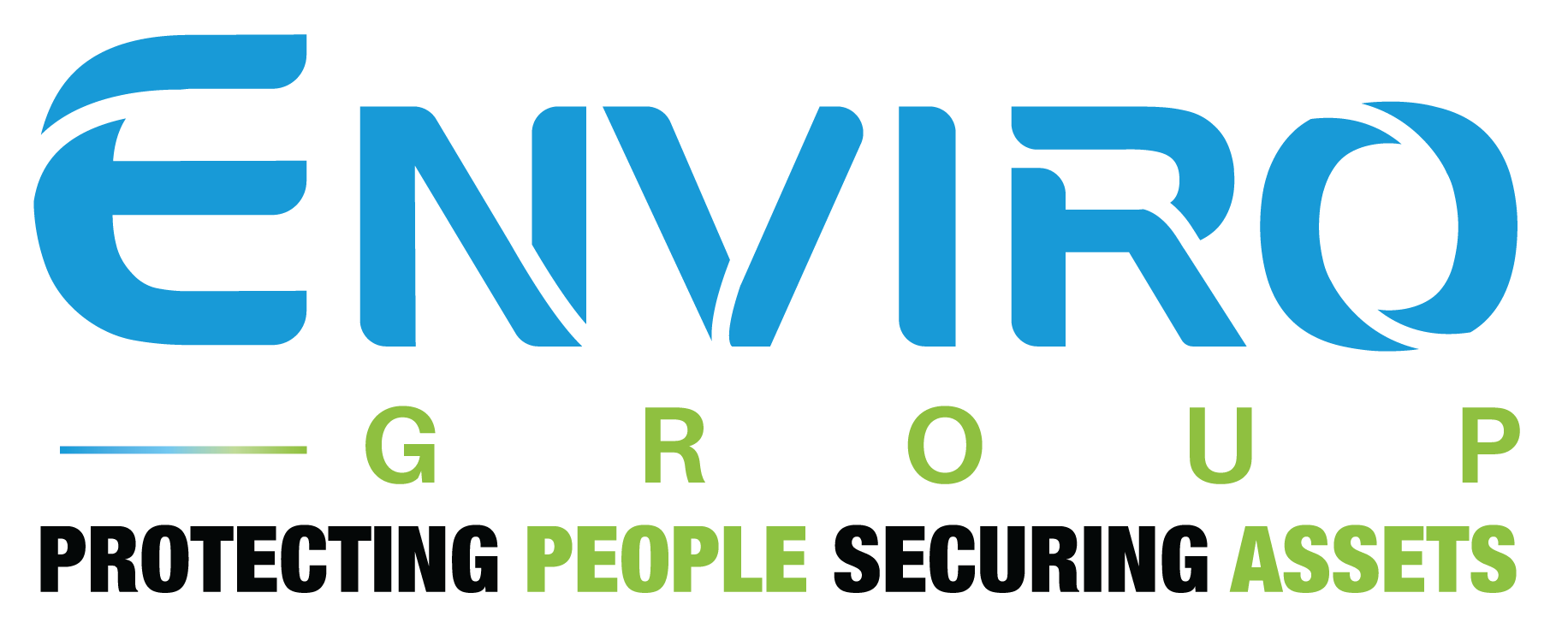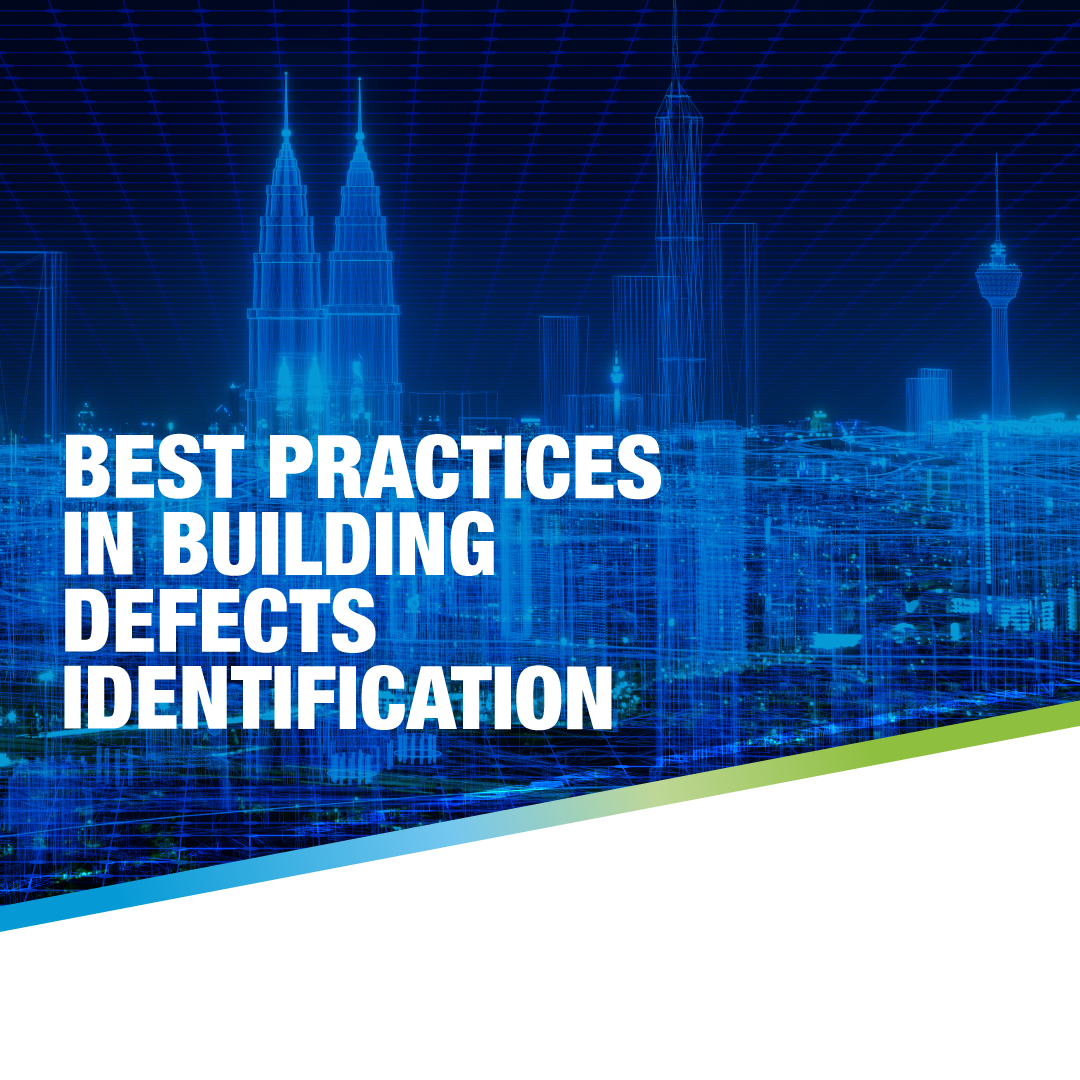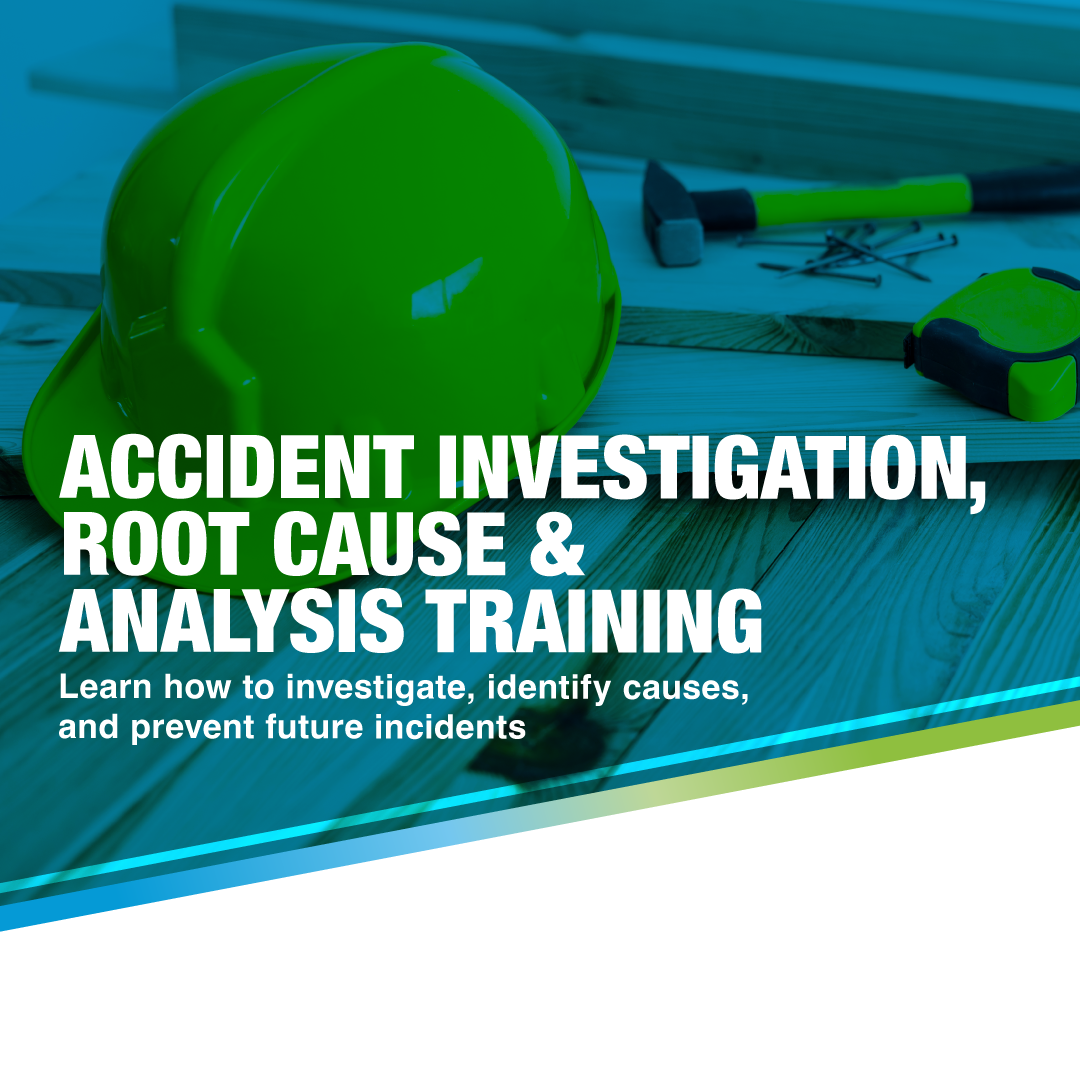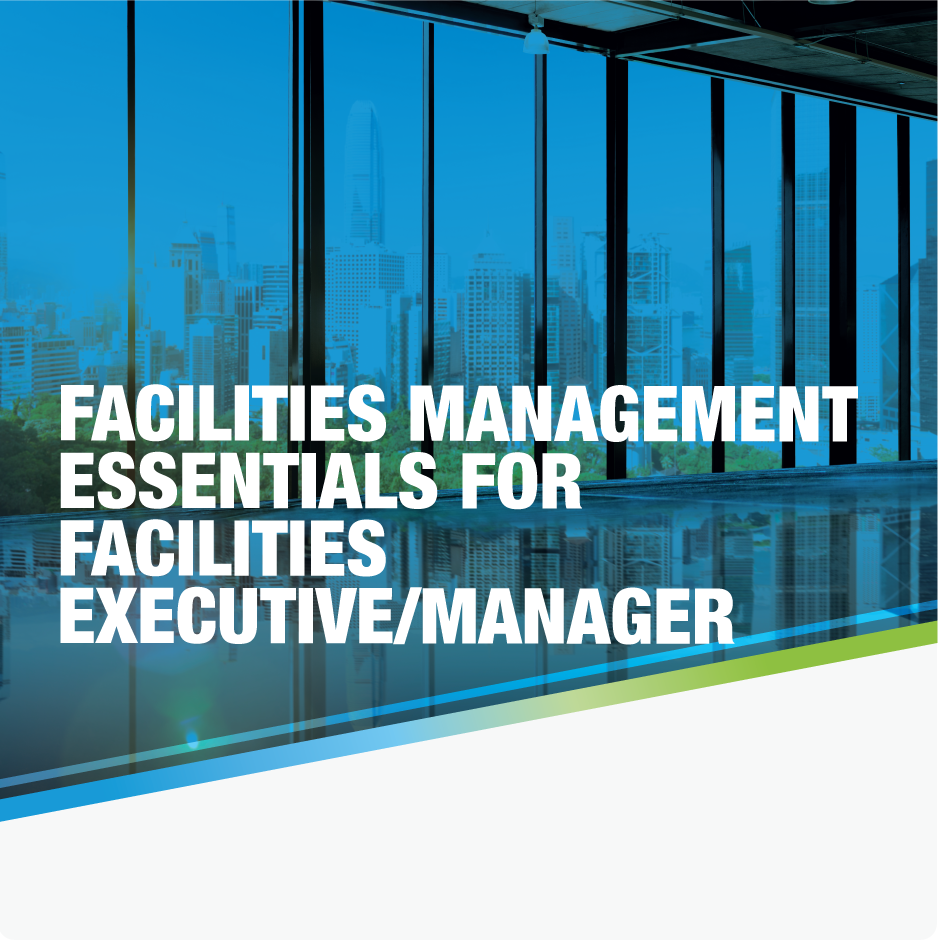Training in building engineering, environmental science, and industrial hygiene emphasizes identifying and managing workplace hazards to protect employee and public health. This education can lead to careers as Safety and Health Officers or in specialized environmental and occupational health management roles.
- Industrial Hygiene
This involves managing workplace hazards—chemical, physical, biological, and ergonomic—through hazard identification, exposure assessment, and control measures like engineering solutions, safe practices, and protective gear.
- Environmental Health
This focuses on the impact of the environment on human health, including air and water quality, waste management and environmental regulations
- Occupational Safety & Health
This encompasses a broader view of workplace safety, including accident prevention, emergency response and regulatory compliance
- Engineering Aspects
Training often includes the application of engineering principles to design and implement solutions for controlling workplace hazards
- Management Systems
Training may include developing and implementing health and environmental management systems, covering policy, risk assessment, and program evaluation.
- Research Methodology
To support evidence-based decision-making, training may include research methods relevant to environmental and occupational health
Training Examples:
- Safety and Health Officer (SHO)
This training, often offered by NIOSH, prepares individuals to manage workplace safety and health programs
- Confined Space Training
Confined space training covers hazards, safety protocols, and entry procedures.
- Industrial Hygiene Principles
Training in the core principles of industrial hygiene (anticipation, recognition, evaluation, and control) is essential for professionals in this field
- Specialized Webinars
Organizations like ACGIH offer webinars on specific industrial hygiene topics like noise exposure, heat stress, chronic health issues

Contact Us!
Training provided
- Definition of Industrial Hygiene
- Role of the Industrial Hygienist
- Worksite Analysis
- Recognizing and Controlling Industrial Health Hazards
- Indoor and Outdoor Air Quality
- Overview of Chemical Hazards
- Toxicity of Chemicals
- Forms of Toxic Materials
- Exposure Limits
- Measurement and Monitoring Methods
- Reducing Exposure
- Biological Agents and Exposure Risks
- Physical Hazards
- Noise and Hearing Protection
- Vibration Hazards
- Illumination Hazards
- Temperature-Humidity Extremes
- Ergonomic Hazard
Target Audience
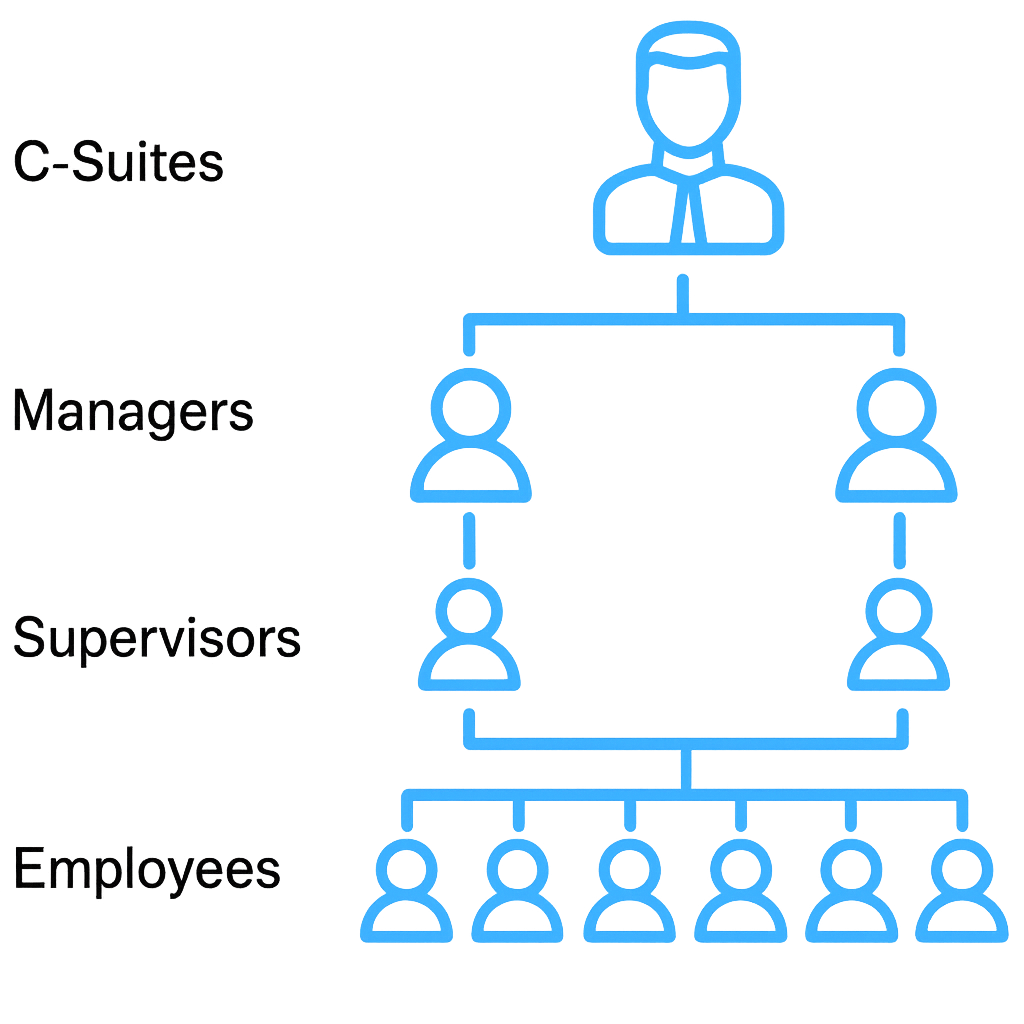
Upcoming Training Sessions
